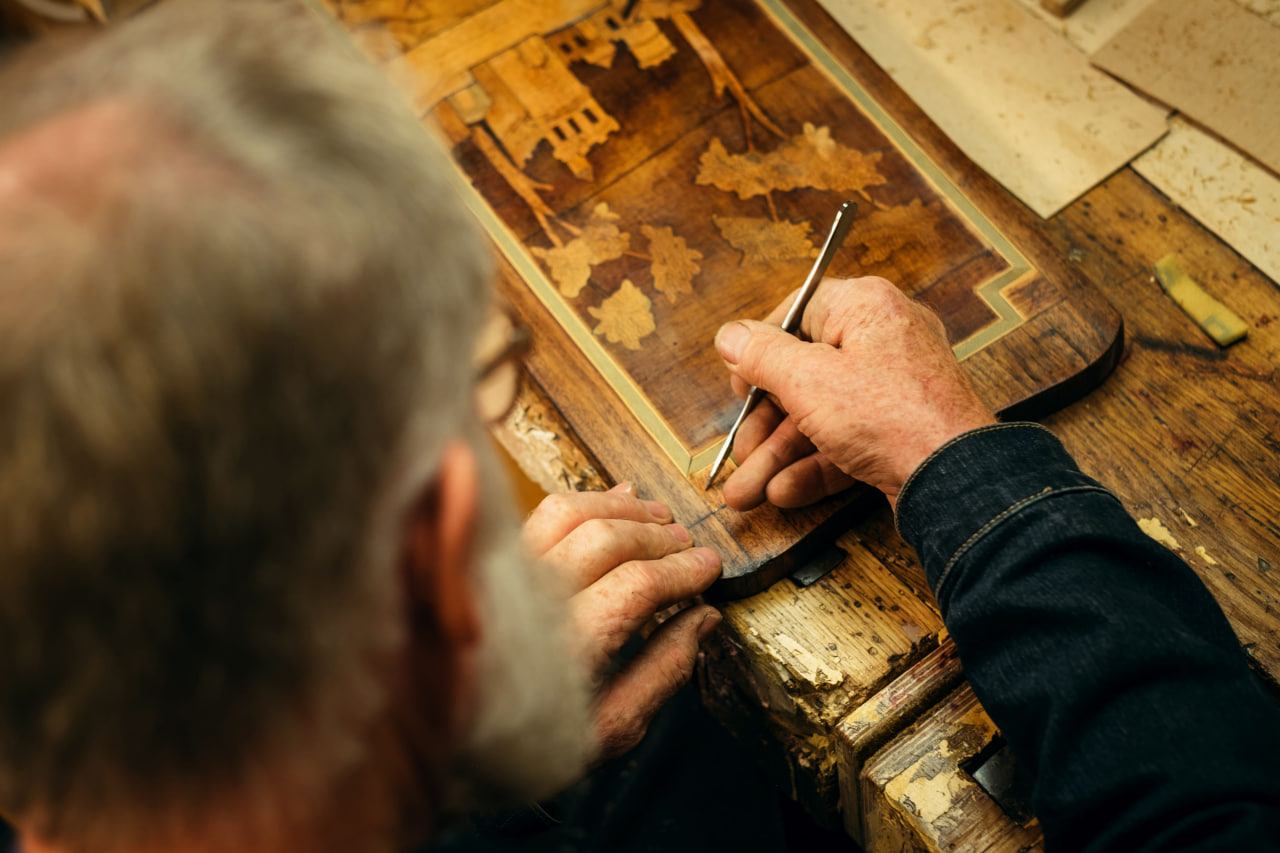Introduction:
For antique collectors and restoration enthusiasts, one of the first steps is identifying whether an item is truly an antique or simply a reproduction. The market for antiques is vast, and unfortunately, there are many replicas out there designed to look like the real deal. Whether you’re just starting out or have been collecting for years, it’s crucial to be able to distinguish between an authentic antique and a modern imitation. In this article, we’ll share some essential tips on how to identify authentic antiques, enabling you to make informed decisions when purchasing and restoring these valuable pieces.
Understanding What Makes an Antique: An antique is typically defined as an item that is over 100 years old, although the exact definition can vary depending on the region or market. While age is an essential factor, authenticity goes beyond just the number of years an object has existed. Here are a few key aspects to consider when evaluating an antique:
- Materials: Authentic antiques were made using materials that were commonly available during their time. For example, furniture made in the 18th century is likely to feature solid wood, whereas modern reproductions may use MDF or plywood.
- Craftsmanship: The way an antique is constructed tells a lot about its age. Handcrafted furniture, for instance, will often have small imperfections that show the maker’s individual touch. Mass-produced items will likely have uniform, machine-made parts.
- Patina: Over time, antiques develop a natural patina—a layer of wear that is impossible to replicate. This could include the darkening of wood, the softening of metal, or the natural fading of textiles, all of which are indicators of age.
Understanding these foundational principles will help you assess the authenticity of an item.
Tips for Identifying Authentic Antiques:
- Examine the Materials and Construction: One of the first things to check is the materials used in the item. Genuine antiques were made from materials that were available at the time of their production. For example:
- Wood: Examine the wood for signs of aging such as shrinkage, warping, or darkening from exposure to air and light. Antique furniture is often made from solid wood (oak, walnut, mahogany), which will show grain patterns that are more distinctive than modern manufactured wood.
- Metal: Authentic metal components (brass, bronze, copper) may show natural wear like patina or tarnishing. Modern metals, especially those used in reproductions, often look too shiny or polished.
- Glass: Antique glass tends to have slight imperfections, such as air bubbles, uneven edges, or variations in thickness. Modern glass tends to be flawless and perfectly smooth.
- Check for Signs of Handcraftsmanship: One of the easiest ways to distinguish authentic antiques from reproductions is by examining the construction methods. Many antiques were made by hand, meaning you’ll find subtle inconsistencies or slight imperfections in the work. Some things to look for include:
- Joinery: Antiques often feature traditional joinery methods such as dovetail joints, mortise and tenon, and hand-carved details. Reproductions often rely on screws, nails, or glue instead of traditional joinery.
- Signs of Tool Use: Look for small tool marks, scratches, or uneven edges on wooden furniture, metalwork, or ceramics. These signs indicate that the piece was crafted by hand rather than mass-produced.
- Study the Markings and Labels: Many antiques have markings that can help identify their authenticity. Furniture makers, glass artists, and even silver smiths often stamped or etched their names, dates, or signatures onto their work. While not all antiques are marked, the presence of a stamp or signature can be a good indicator of authenticity. However, be cautious, as some reproductions may also feature forged markings. Here’s what to check:
- Look for signs of age: Genuine maker’s marks or labels are usually worn or faint due to the passing of time. If the label looks too pristine, it may be a sign that the item is a reproduction.
- Research the mark: Do a little research to learn about the maker’s mark. Many furniture brands or manufacturers have specific logos or stamps that can be traced back to their time of production.
- Examine the Patina: One of the most crucial characteristics of authentic antiques is the patina. Patina refers to the natural aging process that affects materials like wood, metal, and leather. Over time, exposure to light, air, and even touch causes materials to change, adding depth and character to the object.
- Wood patina: The finish of antique wood tends to be worn and faded with time, creating a unique color and texture. If the wood looks overly bright or new, it may have been refinished or replaced.
- Metal patina: Over time, metals like brass and bronze develop a greenish or brownish patina, which is hard to replicate artificially. A shiny or unnaturally smooth surface may indicate a newer piece.
- Look for Craftsmanship Details: Small, hand-finished details are often present in authentic antiques, such as intricate carvings, hand-painted elements, and hand-sewn fabrics. Reproductions, on the other hand, often lack this level of craftsmanship or may use modern techniques to replicate these details without the same degree of artistry.
- Carvings and moldings: Hand-carved elements such as floral motifs, intricate scrollwork, and symmetrical patterns are often found in antique furniture, while mass-produced items tend to have smoother, less detailed carvings.
- Upholstery: Antique upholstery can be recognized by its hand-stitched seams, the use of high-quality fabrics, and the presence of horsehair or cotton stuffing.
Conclusion:
Identifying authentic antiques requires a careful, thorough examination of the materials, construction, craftsmanship, and unique features that differentiate genuine pieces from modern reproductions. By developing an eye for detail and understanding the characteristics of antique items, you can make more informed decisions when buying, selling, or restoring antiques. Remember, authenticity is key to preserving the historical value and beauty of antique pieces, and by paying attention to these signs, you can ensure that your collection truly reflects the treasures of the past.

